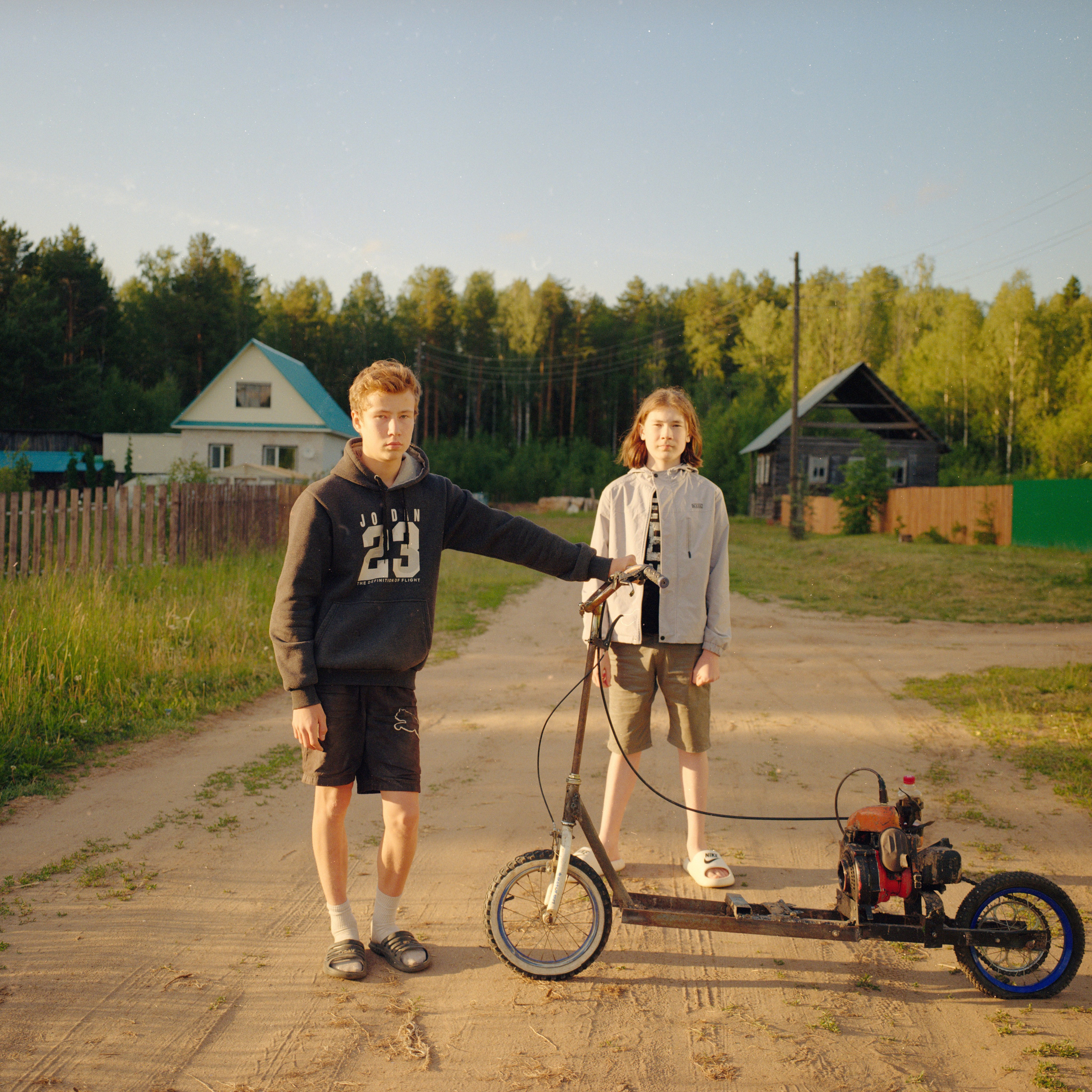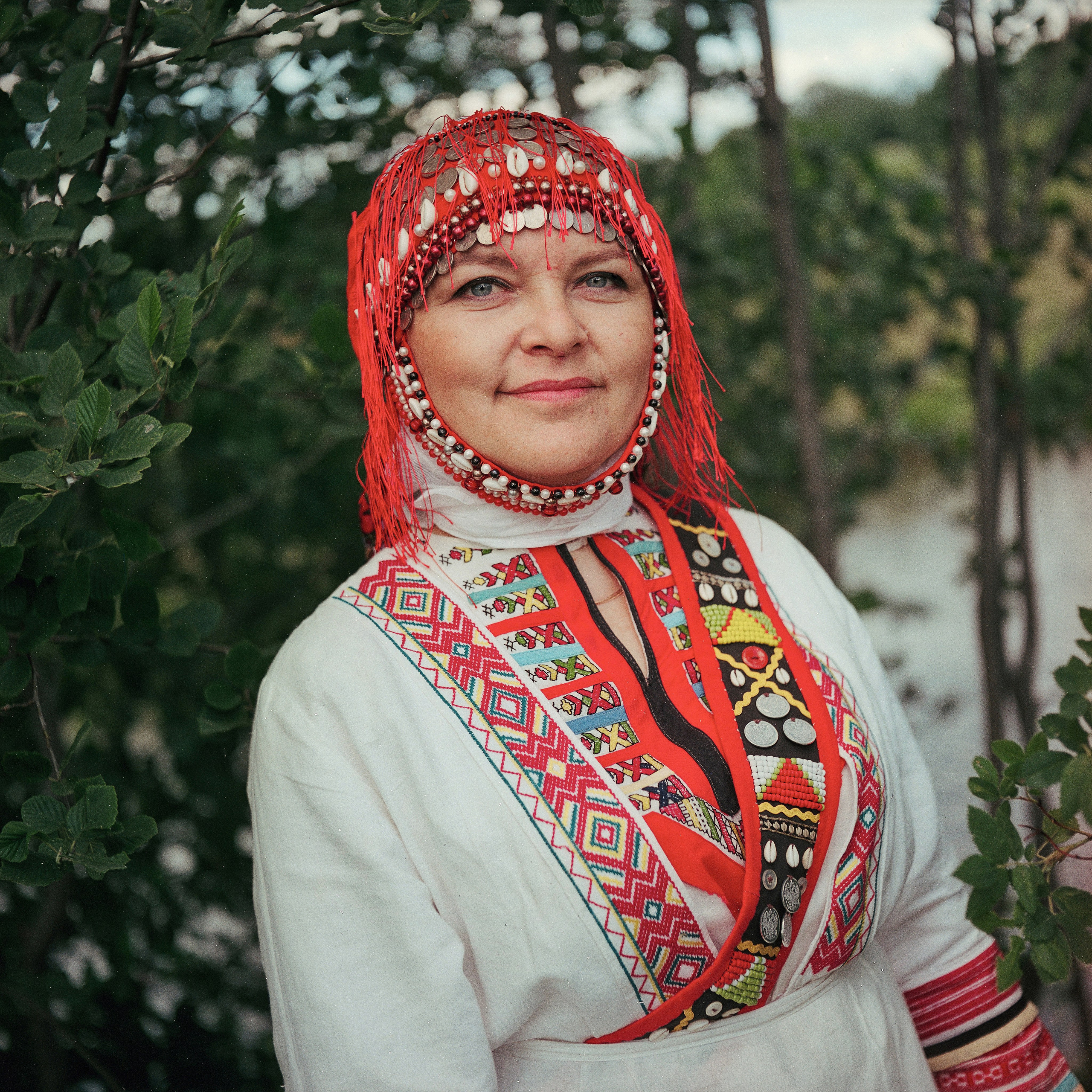The Source (2023, 2019)
It is written in every Russian schoolbook that the great Volga River flows into the Caspian Sea. In fact, another river does so. At the confluence point of the Volga and the Kama, the latter is more full-flowing. Therefore, according to the laws of hydrology, below that point, it is not the Volga that flows, but the Kama.
Regardless of the debate about the point where the Kama ends, few people know where it begins. As a matter of fact, the Kama and the middle-lower Volga regions are former centers of Eurasian civilizations. It is important to explore this little-studied region for historical and cultural process analysis, and, even more so, for Russians to understand their roots.
At first glance, nothing happens at the headwaters of the Kama and its surroundings. Yet, it is an incredible crossroads between ancient cultures of different Russian nations. The source itself is located in the northern part of the Udmurt Republic in the village of Kuliga, founded by the Russian Old Believers. This is the name given to adherents of the old, originally Byzantine, canon of the Orthodox Christian religion. The persecution of the Old Believers started after the 16th century, so they migrated to the taiga, including these regions.
There are many Old Believer villages at the source of the Kama. However, the old ritual itself is mostly lost to them. Villagers go to work in large settlements, and many have moved permanently. It has become more convenient to go to the official Russian Orthodox Church temples.
There are a lot of mixed Russian-Udmurt families (Udmurts are one of the Ural indigenous peoples). And there is dual faith among the Udmurts. That is, many villagers visit both churches and sacred groves: in their religion, the forest itself is the temple. The location of such groves is a closely guarded secret.
The source of the mighty Kama is just an ordinary spring. A small stream runs into the woods, absorbing large tributaries one by one to eventually become a huge river. So huge, in fact, that it absorbs all the other rivers of Udmurtia.
Apart from the Old Believers and Udmurts, here live the Besermyan, descendants from one of the ancient principalities of the Volga. They have also preserved paganism, but with Zoroastrian tradition elements. The northernmost Tatar mono-settlements in the world are also located here. The Tatars are considered to be the descendants of the Golden Horde, which came to Europe with the conqueror Genghis Khan. Some Tatar and Besermyan women wear the same traditional clothes as their great-grandmothers did a hundred years ago.
People around the Kama source live as if according to old laws and in a very slow rhythm. After all, there are almost no cities and few towns, only villages and endless forest. People once fled to this wilderness, first from the Russian Orthodox Church, then from the Soviet regime. Today, their villages continuously die out. This is not a matter of the USSR collapse but rather a global process of economic urbanization.
The local forest, which used to be clean and safe, is also in a state of decay. Cows used to graze there, people collected brushwood and firewood for kindling. Now natural gas is widely used, firewood can be bought, and the forest is all thickets. So wild animals come straight into the villages. The forest, as a deity, as the center of the world, is still a key element for locals, though.
The Kama embraces other rivers. Orthodoxy embraces paganism. Taiga embraces everyone. Such is the natural context: the earth sustains us. This is Noah’s Ark: we can live together and be friends, as it happens around the source of the Kama. Two rivers, three faiths, four nations.

































